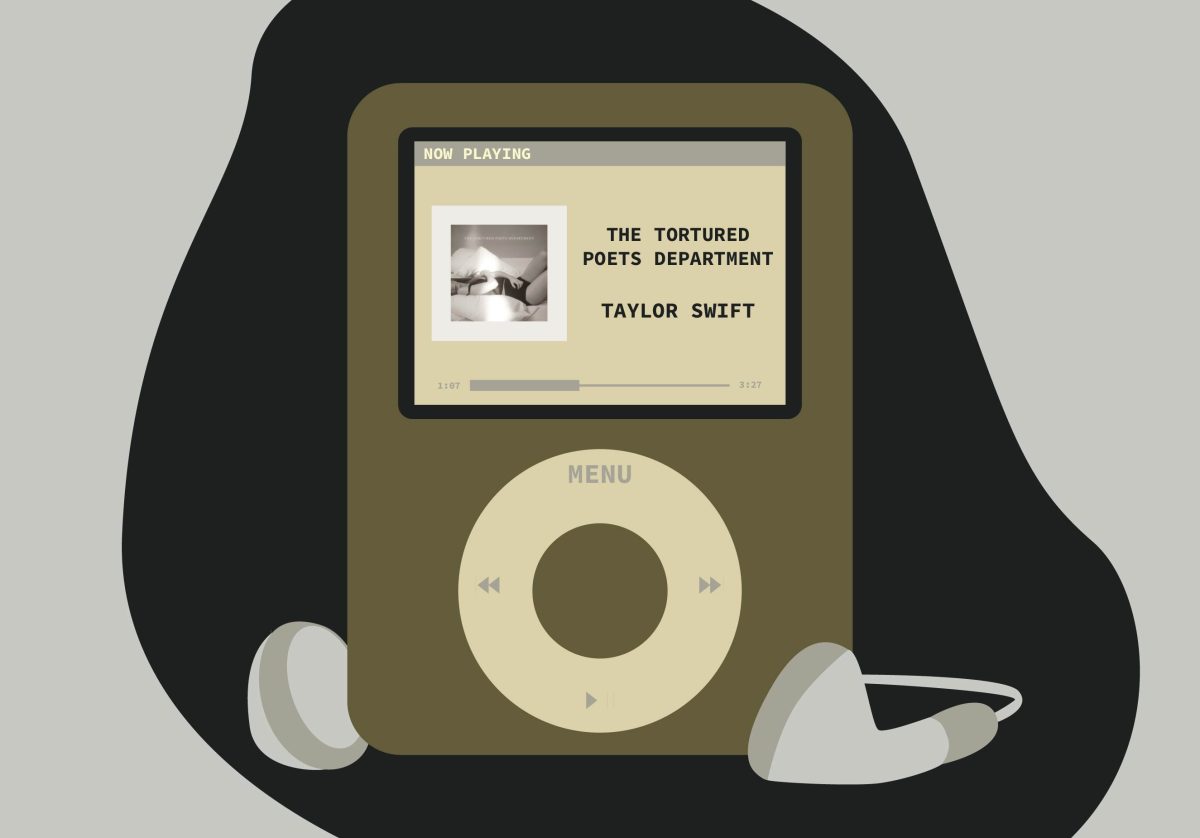Uprisings, civil wars and insurgencies are playing out in various landscapes throughout the world. Americans only occasionally get the opportunity to witness the suffering caused by armed conflict. We tend to be spoon-fed a sanitized version of the horrors of war, and after the dust has settled, our lives have changed little.
Afterwar: Images from a World in Conflict
WHEN: Now through Jan. 7
WHERE: Minnesota Center for Photography, 165 13th Ave. N.E., Minneapolis
TICKETS: $3 (suggested donation), (612) 824-5500
www.mncp.org
Lori Grinker, a photographer based in New York City, has spent the past 15 years of her life documenting and interviewing war veterans in over 25 countries. Through her work, she has intersected the lives of soldiers and their existence after the ceasefires were called. She met people afflicted in many conflicts, from Vietnam to the Algerian War of Independence to “The Troubles” in Northern Ireland.
Her exhibition conjures up many emotions – the walls are filled with the faces and bodies of lives that have lost their shape and definition. The photos are varied: child soldiers in Liberia, Bengali freedom fighters, mangled and scarred veterans. A lot of prosthetic limbs and lost gazes make up the photographs.
One of the photos shows a man named Mohammed Bathala being served dinner. While serving in the Egyptian army, he was wounded in the October War, also known as the Yom Kippur War.
Both of his eyes are covered in white gauze, which sticks out from underneath his sunglasses. He sits on his bed, hovering over a tray of food – red stew, a chunk of browned meat in an aluminum tin and a bowl of rice. A man in camouflage – whose face is not visible in the photo – hands him a slice of white bread.
Next to the images are testimonies from the photograph’s subjects. The statements are troubling.
Bathala is quoted next to his photograph: “I wanted to be a successful man, to be married, to have children and live among them – but everything changed.”
Another image is that of Gary Zuspann, a Gulf War vet who thought the U.S. government would take care of him if he was maimed or wounded in combat. Now, affected by Gulf War Syndrome, a mysterious illness thought to be related to biological and chemical weapons, he is living in a special enclosed environment in his parents’ home in Waco, Texas.
Grinker writes, ” ‘Afterwar’ is not about the heroics of war, but war after the fighting has ended. It is a meditation, illuminating the legacy and cost of conflict.”
Katharine Plowman, a sophomore art major at the University who volunteers at the Minnesota Center for Photography, was captivated by the exhibit, but felt a lingering uneasiness after looking at the photographs.
“It stuck in my mind how horrible war actually is,” she said. “The exhibit shows how everyone in the world is affected.”















